Food color, also known as food dye or food coloring. It is a substance used to add color to food or beverages. It can be derived from natural sources, such as vegetables and fruits, or it can be synthetic. Food color is used to improve the appearance of food, to make it more appealing to the consumer. It is commonly used in a wide range of products, including baked goods, candy, beverages, and dairy products.
There are several types of food color, including natural food color and artificial food color. Natural food color is derived from natural sources and is typically considered safer and healthier than artificial food color. Artificial food color is made from synthetic chemicals and may be less expensive than natural food color.
There are several factors to consider when using food color. Including the type of food or beverage. It will be added to, the color desired, and the health and safety concerns of the consumer. It is important to use food color following the regulations set by the food industry. Follow proper storage and handling guidelines to ensure the safety and quality of the finished product.
IS FOOD COLOUR HARMFUL TO HEALTH??
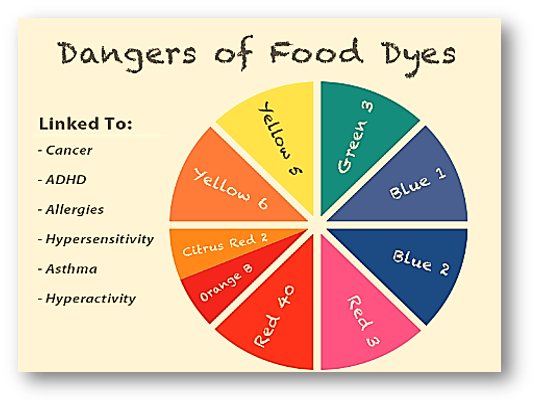
Some studies have suggested that certain artificial food colors may have negative effects on health, particularly in children. The European Union has required that certain artificial food colors be labeled with a warning. Stating that they “may harm activity and attention in children.” The U.S. Food and Drug Administration (FDA) has also conducted studies on the potential health effects of food color. And has found that some artificial food colors may be linked to hyperactivity in children.
However, the FDA has also determined the levels of artificial. Used in most products are safe for consumption and do not pose a significant risk to human health. It is important to note that the FDA sets limits on the amount. They can be used in food products, and these limits are based on extensive safety testing.
WHAT IS THE MOST TOXIC FOOD COLOURING??
It is not accurate to say that any particular type of food coloring is the “most toxic.” The safety of food coloring depends on the specific type of color being used, the amount of color being used, and the individual’s sensitivity. Some people may be more sensitive to certain food colors than others, and some food colors may have more potential health effects than others.
The U.S. Food and Drug Administration (FDA)
The U.S. Food and Drug Administration (FDA) has conducted extensive testing on the safety of food coloring and has determined that the levels of food coloring used in most products are safe for consumption. The FDA sets limits on the amount of food coloring that can be used in food products, and these limits are based on extensive safety testing.
In general, it is always a good idea to choose foods that are minimally processed and do not contain artificial ingredients, including food color. Natural food color made from fruits and vegetables is a healthier alternative to artificial ones.
WHAT FOOD COLOURING SHOULD YOU AVOID??
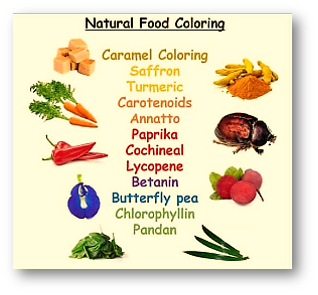
There are both natural and artificial food colorings available, and the type of food coloring you should avoid may depend on your personal preferences and dietary needs.
Some people may choose to avoid artificial food colorings due to concerns about their potential health effects. Some studies have suggested that certain artificial food colors may have negative effects on health, particularly in children. The European Union has required that certain artificial food colors be labeled with a warning stating that they “may harm activity and attention in children.” The U.S. Food and Drug Administration (FDA) has also conducted studies on the potential health effects of these colors and has found that some artificial food colors may be linked to hyperactivity in children.
If you are concerned about the potential health effects of artificial food colorings, you may choose to avoid products that contain them. Look for products that are made with natural food colorings or that do not contain any food colorings at all.
It is also important to note that some people may have allergies or sensitivities to certain food colorings, regardless of whether they are natural or artificial. If you have a known allergy or sensitivity to a particular food coloring, you should avoid products that contain that coloring.
In general, it is always a good idea to choose foods that are minimally processed and do not contain artificial ingredients, including food color. Natural food color made from fruits and vegetables is a healthier alternative to artificial food color. It is also important to follow proper storage and handling guidelines for food color to ensure the safety and quality of the finished product.
WHAT IS THE MOST TOXIC FOOD COLOURING??
It is not accurate to say that any particular type of food coloring is the “most toxic.” The safety of food coloring depends on the specific type of color being used. The amount of color being used, and the individual’s sensitivity to the color. Some people may be more sensitive to certain food colors than others. Some food colors may have more potential health effects than others.
The U.S. Food and Drug Administration (FDA) has conducted extensive testing on the safety of food coloring. They determined that the levels of food coloring used in most products are safe for consumption. The FDA sets limits on the amount of food coloring that can be used in food products. These limits are based on extensive safety testing.
In general, it is always a good idea to choose foods that are minimally processed. And do not contain artificial ingredients. Including food color. Natural food color made from fruits and vegetables is a healthier alternative to artificial food color. It is also important to follow proper storage and handling guidelines for food color. To ensure the safety and quality of the finished product.
SOME EXAMPLES OF TOXIC-COLOURED FOOD
It is not accurate to say that any particular type of food coloring is “toxic.” The safety of food coloring depends on the specific type of color being used, the amount of color being used, and the individual’s sensitivity to the color. Some people may be more sensitive to certain food colors than others, and some food colors may have more potential health effects than others.
The U.S. Food and Drug Administration (FDA) has conducted extensive testing on the safety of food coloring and has determined that the levels of food coloring used in most products are safe for consumption. The FDA sets limits on the amount of food coloring that can be used in food products, and these limits are based on extensive safety testing.
In general, it is always a good idea to choose foods that are minimally processed and do not contain artificial ingredients, including food color. Natural food color made from fruits and vegetables is a healthier alternative to artificial food color. It is also important to follow proper storage and handling guidelines for food color to ensure the safety and quality of the finished product.
TYPES OF FOOD HAVING ARTIFICIAL FOOD COLOUR
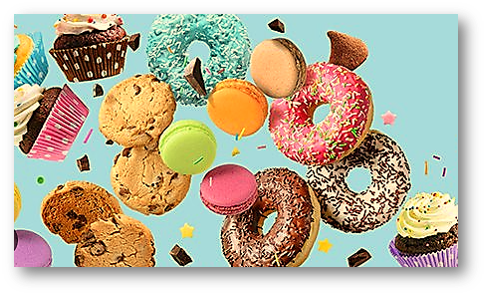
There are many types of food and beverages that contain artificial food colors. Some examples include:
- Baked goods, such as cakes, cookies, and pastries
- Candy, such as hard candy, gummy candies, and chocolate
- Ice cream and other frozen desserts
- Beverages, such as sports drinks, soda, and fruit-flavored drinks
- Condiments, such as salad dressings and sauces
- Processed snack foods, such as chips and crackers
- Packaged meals and side dishes, such as frozen pizza and microwaveable dinners
It is important to note that not all products containing artificial food colors are unhealthy. However, if you are concerned about the potential health effects of artificial food colorings, you may choose to avoid products that contain them. Look for products that are made with natural food colorings or that do not contain any food colorings at all.
IMPACT OF FOOD COLOUR ON HEALTH
There is some evidence that certain artificial food colors may have negative effects on health, particularly in children. The European Union has required that certain artificial food colors be labeled with a warning stating that they “may harm activity and attention in children.” The U.S. Food and Drug Administration (FDA) has also conducted studies on the potential health effects of food color and has found that some artificial food colors may be linked to hyperactivity in children.
However, it is important to note that the levels of artificial food color used in most products are considered safe for consumption by the FDA. The FDA sets limits on the amount of food color that can be used in food products, and these limits are based on extensive safety testing.
In general, it is always a good idea to choose foods that are minimally processed and do not contain artificial ingredients, including food color. Natural food color made from fruits and vegetables is a healthier alternative to artificial food color. It is also important to follow proper storage and handling guidelines for food color to ensure the safety and quality of the finished product.
IMPACT OF FOOD COLOUR ON HEALTH CAUSING CANCER
There is no conclusive evidence to suggest that food colorings, whether natural or artificial, cause cancer.
The U.S. Food and Drug Administration (FDA) has conducted extensive testing on the safety of food coloring. Determined that the levels of food coloring used in most products are safe for consumption. The FDA sets limits on the amount of food coloring that can be used in food products. These limits are based on extensive safety testing.
SOME ARTIFICIAL FOOD COLOR
There are several types of artificial food colorings that are commonly used in food and beverages. Some examples include:
- Red 40 (Allura Red)
- Yellow 5 (Tartrazine)
- Yellow 6 (Sunset Yellow)
- Blue 1 (Brilliant Blue)
- Blue 2 (Indigo Carmine)
- Green 3 (Fast Green)
- Red 3 (Erythrosine)
- Red 40 Lake (Allura Red Lake)
It is important to note that not all artificial food colorings are used in all products. The type of food coloring used in a product will depend. On the specific needs and desired appearance of the product.
If you are concerned about the potential health effects of artificial food colorings. You may choose to avoid products that contain them. Look for products that are made with natural food colorings or that do not contain any food colorings at all.
MEDICAL ISSUES CAUSED BY FOOD COLORS
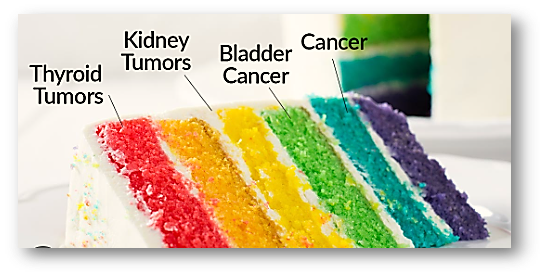
Some examples of medical issues that may be caused by food colors, particularly artificial food colors, include:
Allergic reactions:
Some people may have an allergic reaction to certain food colors, which can cause symptoms such as hives, itching, swelling, difficulty breathing, and anaphylaxis (a severe, life-threatening allergic reaction).
Hyperactivity in children:
Some studies have suggested that certain artificial food colors may be linked to hyperactivity in children.
Digestive issues:
Some people may experience digestive issues, such as bloating, gas, and diarrhea, after consuming foods or beverages containing food color.
Other health concerns:
Some studies have suggested that certain artificial food colors may be linked to other health concerns, such as cancer, although the evidence is not conclusive.
It is important to note that the levels of artificial food color used in most products are considered safe for consumption by the U.S. Food and Drug Administration (FDA). The FDA sets limits on the amount of food color that can be used in food products, and these limits are based on extensive safety testing. However, some people may be more sensitive to certain food colors than others, and may experience adverse reactions to them. If you have a known allergy or sensitivity to a particular food coloring, you should avoid products that contain that coloring.
REFERENCES:
https://www.science.org/doi/abs/10.1126/science.7361103
https://www.ncbi.nlm.nih.gov/pmc/articles/PMC3441937/?mod=article_inline

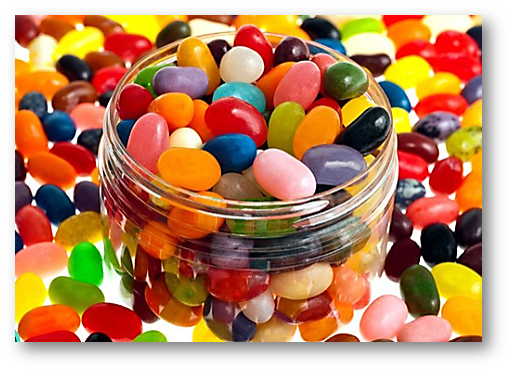
Pingback: CONTAMINATED FOOD POISONING!! - Life Biologs